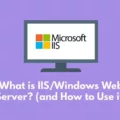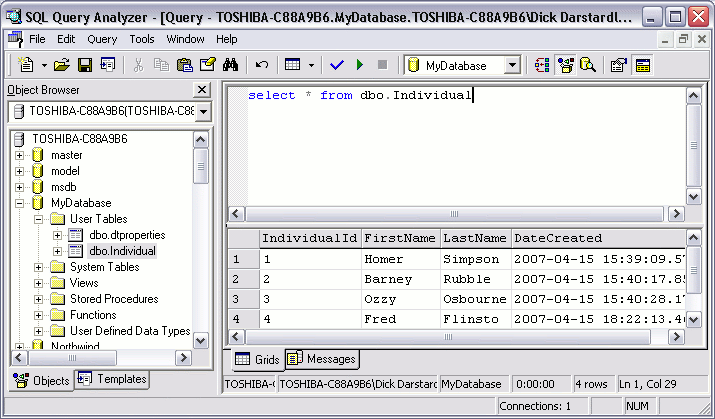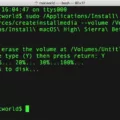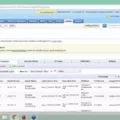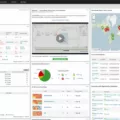Welcome to the world of Windows Management Instrumentation (WMI) Explorer! WMI is a Microsoft technology that allows system administrators to manage and monitor the configuration, performance, and availability of Windows systems. It provides access to information about installed software, hardware, operating systems, and applications.
WMI Explorer is a powerful tool that allows users to explore and work with this data in an efficient and easy way. It provides an interactive environment where you can browse through WMI namespaces, classes, instances, and properties. It also provides the ability to view detailed information about each item such as its namespace, path, class name, and parent class. In addition, it enables users to perform advanced operations such as launching a specific program or setting a registry key value with just one click.
One of the great features of WMI Explorer is its ability to query the WMI repository in order to retrieve information related to your system’s components. You can use this feature to troubleshoot problems related to hardware or software components on your machine by simply entering a query string into the explorer window. The query results are displayed in an easy-to-read format so you can quickly identify potential issues with your system’s components.
Another great feature of WMI Explorer is its integrated security settings for controlling access rights for each object type in the repository. With this feature, you can easily configure permissions for certain classes or objects in order to protect sensitive data from being modified or viewed by unauthorized personnel.
If you are looking for an efficient way to manage your Windows environment then look no further than WMI Explorer! This powerful tool will provide you with everything you need to administrate and monitor your systems effectively.
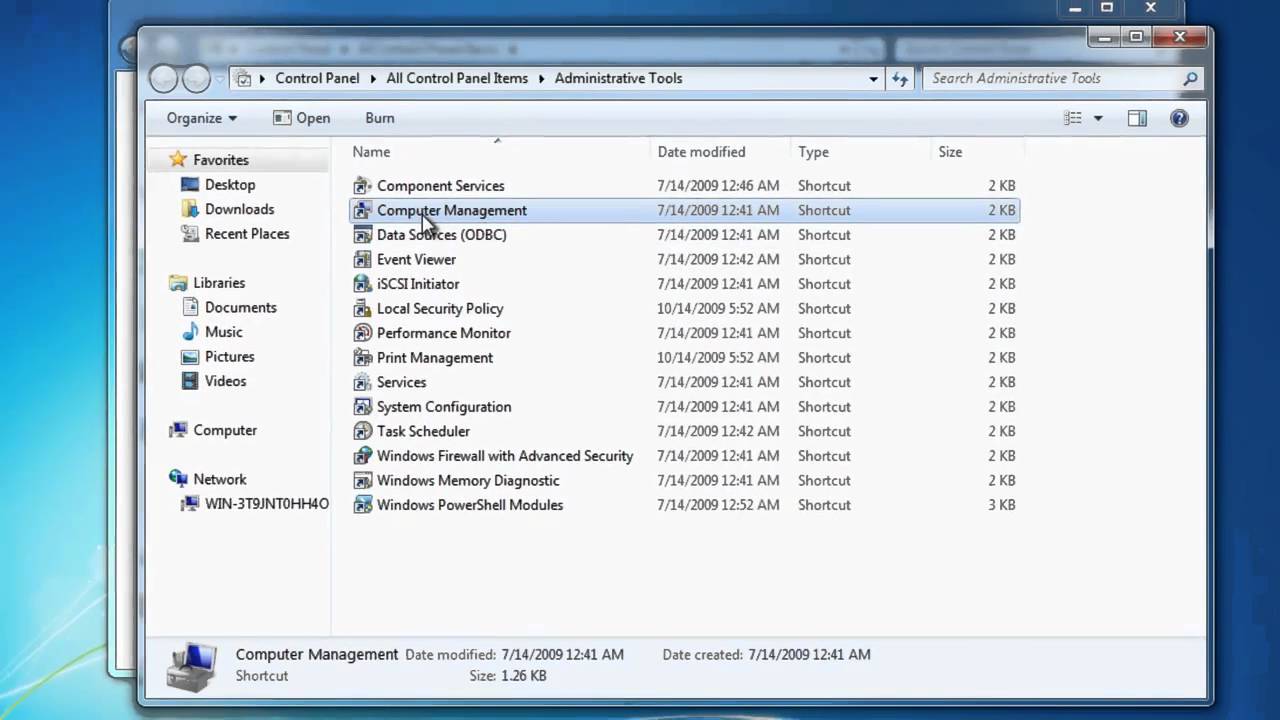
Exploring Windows Management Instrumentation (WMI) with WMI Explorer
WMI Explorer is an easy-to-use utility that provides users with the ability to browse and view Windows Management Instrumentation (WMI) namespaces, classes, instances, and properties in a single pane of view. It was inspired by the PowerShell-based WMI Explorer written by Marc. This utility offers a simple way for users to explore and learn more about WMI components. With WMI Explorer, users can quickly access data related to their system’s hardware and software configuration, as well as perform administrative tasks such as creating or modifying WMI objects. Additionally, they can also use it to troubleshoot problems related to system performance or hardware issues.
Is WMI a Virus?
No, WMI (Windows Management Instrumentation) is not a virus. It is an important Windows service that allows programs to interact with the operating system. It is used by software developers to monitor and manage their applications remotely, as well as by system administrators to diagnose and troubleshoot problems with their systems. WMI can also be used by malicious software to gain access to your computer, so it is important to keep your anti-virus software up-to-date. If you suspect that WMI has been compromised, you should run a full system scan with a trusted anti-virus program.
Uses of Windows Management Instrumentation (WMI)
Windows Management Instrumentation (WMI) is a powerful set of tools used to manage Windows-based operating systems. WMI allows users to access and control management data and operations on their systems. It can be used to monitor system performance, check hardware and software configurations, manage user accounts, automate administrative tasks, and more. With WMI, users can configure Windows settings, deploy applications, troubleshoot system problems, and even develop custom tools for automation purposes. WMI is an essential part of the Microsoft Windows operating system and provides a comprehensive set of APIs for interfacing with various parts of the Windows ecosystem.
Accessing Windows Management Instrumentation (WMI)
In order to access Windows Management Instrumentation (WMI), you must first enable it through the Windows Firewall. To do this, open the Control Panel and select Security, then Windows Firewall. From the Windows Firewall window, click Change Settings and then the Exceptions tab. In the Exceptions window, check the box for WMI to enable it. Once enabled, you can access WMI by using one of several different methods including using PowerShell scripts, Windows Command-line tools such as WMIC, or a programming or scripting language such as VBScript or C#. Additionally, there are third-party tools available that allow you to manage and query WMI data from a graphical user interface.
Is WMI Still Relevant?
Yes, WMI (Windows Management Instrumentation) is still used in Windows 10 and Server builds. Microsoft is no longer developing the WMIC command-line tool, but all of the same WMI functionality will be available via PowerShell. This means that users can still access and manage system information with the same commands they are used to using. With PowerShell, users can also automate processes and take advantage of other modern scripting features.
Checking If WMI Is Running
To determine if Windows Management Instrumentation (WMI) is running on your computer, you can open the WMI properties by going to Control Panel -> Administrative Tools -> Computer Management. In the left-hand pane, click Services & Applications -> WMI Control, right-click and select Properties. If WMI is running correctly, you will see a window that says “Successfully connected”. If you don’t see this window, then it means that WMI is not running. You can also use the command line to check if WMI is running. Open a command prompt window and type wmic and press enter. If WMI is running correctly, you will get a prompt with wmic as the prefix. If not, then you will get an error message saying “WMI not found” or similar.
Location of Windows WMI
Windows WMI (Windows Management Instrumentation) is located in the %WINDIR%\System32\Wbem directory on Windows-based computers. This directory contains the core files needed to manage and interact with WMI, including command-line tools such as Winmgmt.exe and Mofcomp.exe, as well as the MOF files and DLLs that define the objects and classes used by Windows WMI. With these files in place, administrators can use WMI to query information about a system, configure settings, execute commands remotely, and more.
Running WMI Commands
To run a WMI command, you need to open a Command Prompt window with elevated privileges. To do this, go to the Start menu, type cmd in the search box, then right-click on the Command Prompt icon and select Run as administrator. Once the Command Prompt window opens, enter the WMI command you wish to run. Keep in mind that some WMI commands may require additional parameters or switches to complete successfully.
Once you have entered your WMI command, hit Enter and wait for the output of the command to appear in the Command Prompt window. Depending on what you are trying to achieve with your WMI command, you may need to take further action based on the output that is displayed. For example, if you’re using a WMI query to get information about a system component or service, you may need to use this information in another step of a task or process.
The Functionality of the WMIC Command in CMD
WMIC is a powerful command-line tool that enables users to access and configure Windows Management Instrumentation (WMI) data on their computers. It provides an easy-to-use interactive shell interface, allowing you to query and manipulate WMI objects in a convenient manner. WMIC allows you to access various system components, such as the registry, processes, services, event logs, hardware devices, the Windows Installer service, and many others. With WMIC you can also execute commands remotely on multiple computers simultaneously. This makes it a great tool for system administrators who need to quickly manage multiple workstations from the command line.
Finding the WMIC Path
To get the WMIC path, first, open Command Prompt by typing “cmd” into the search box on the taskbar. Once Command Prompt is open, type in “wmic path” followed by the name of the program whose product key you’d like to obtain. For example, if you wanted to get the product key for Microsoft Office, you would type “wmic path SoftwareLicensingService get OA3xOriginalProductKey” and press Enter. This will display a text string in the format XXXXX-XXXXX-XXXXX-XXXXX-XXXXX which is your product key.
Conclusion
In conclusion, WMI Explorer is a convenient and powerful utility that provides users with the ability to browse, view and manage Windows Management Instrumentation (WMI) namespaces, classes, instances, and properties. It is an ideal tool for system administrators as it allows them to quickly and easily access important management data and operations. Additionally, users can use the Windows Firewall to enable WMI traffic through the firewall in order to access this data. Overall, WMI Explorer offers a reliable and efficient way of managing Windows-based operating systems.


